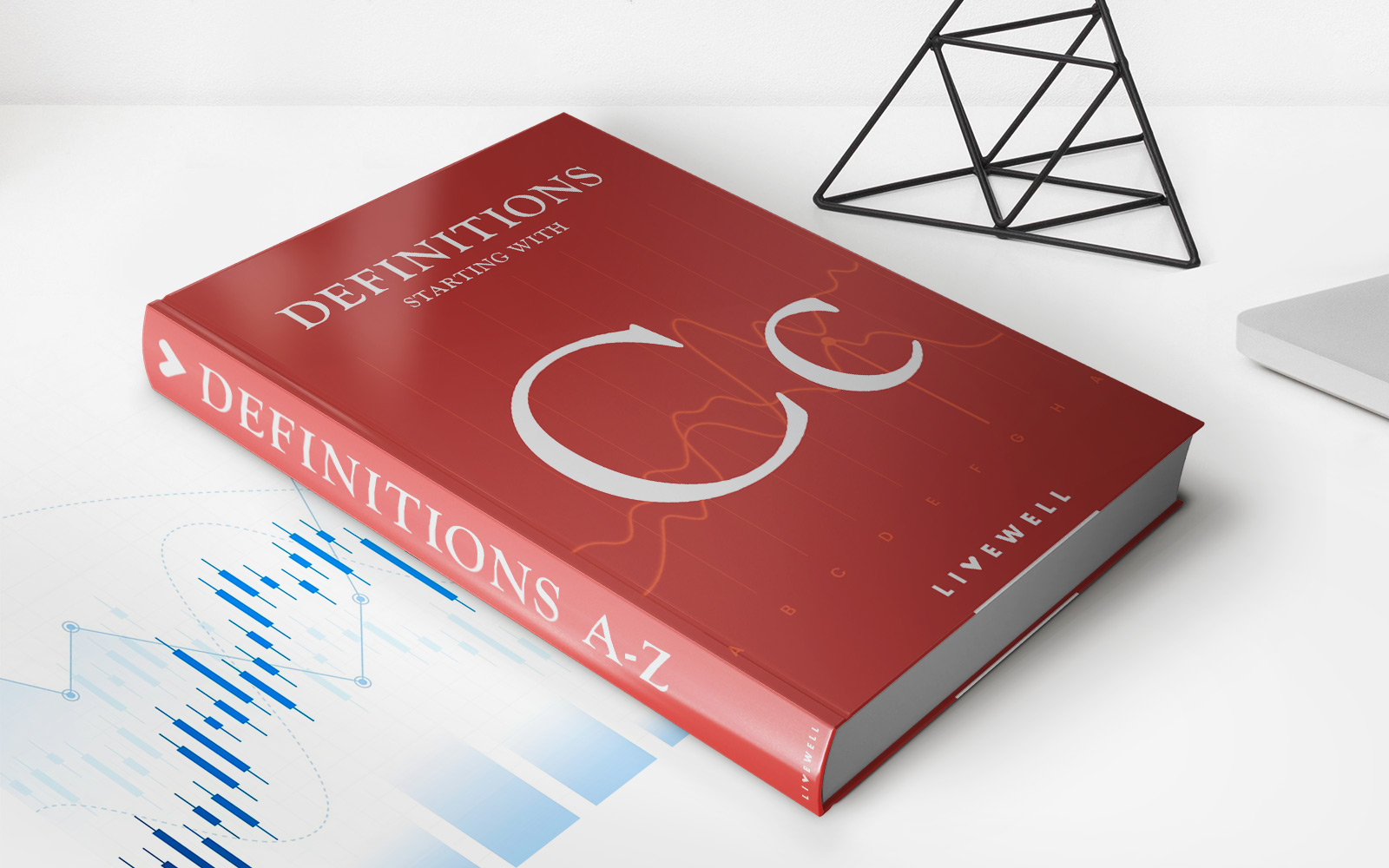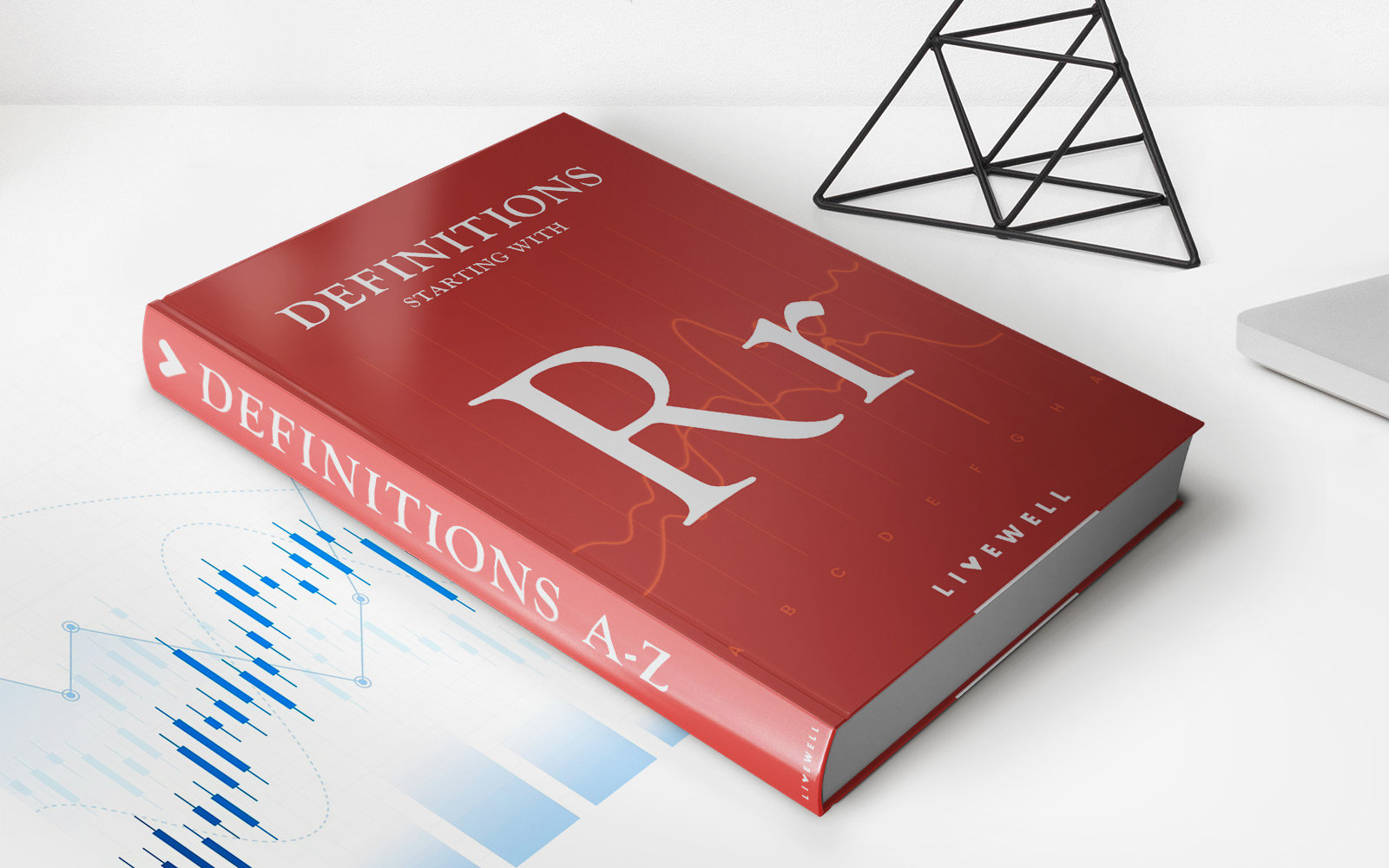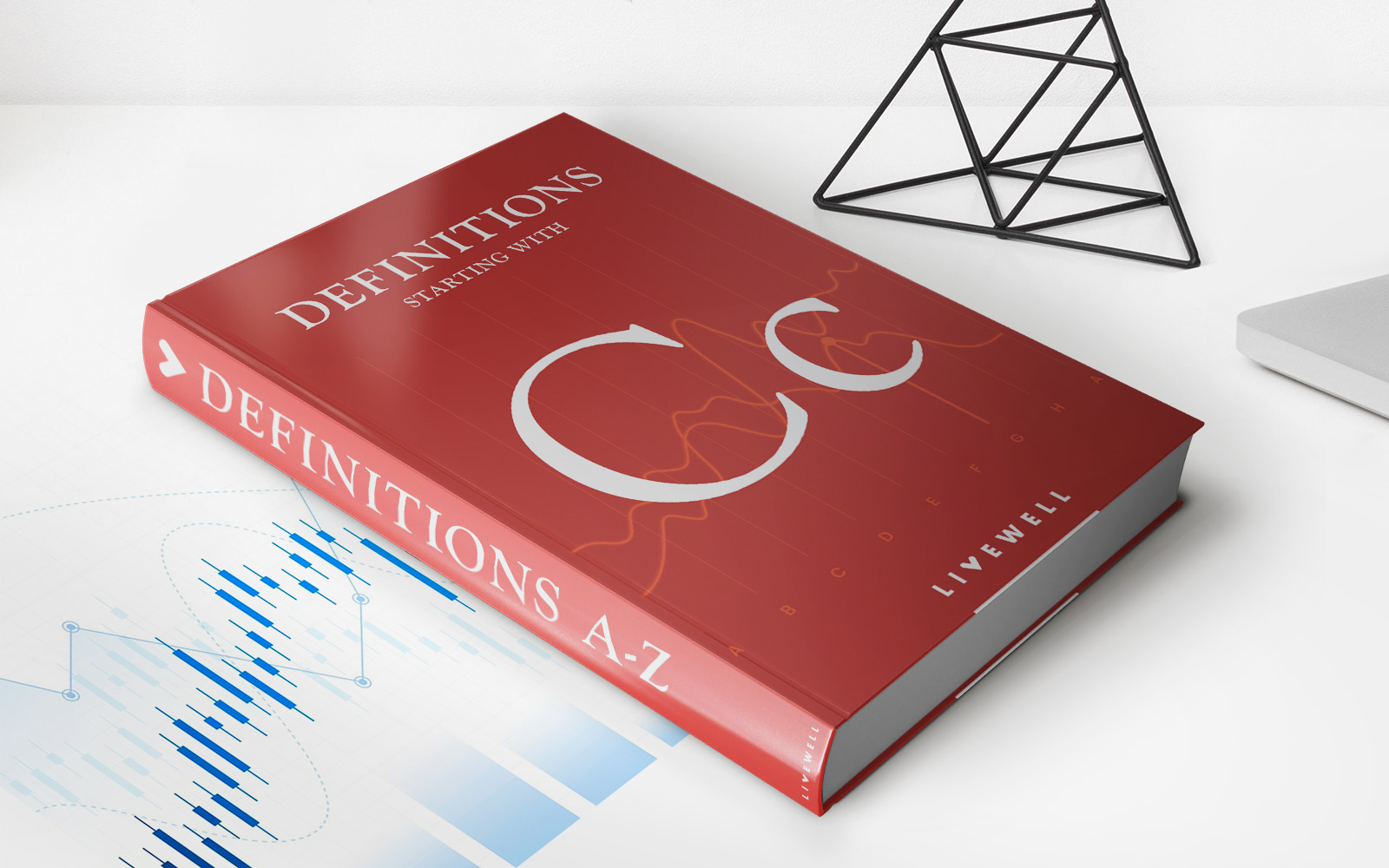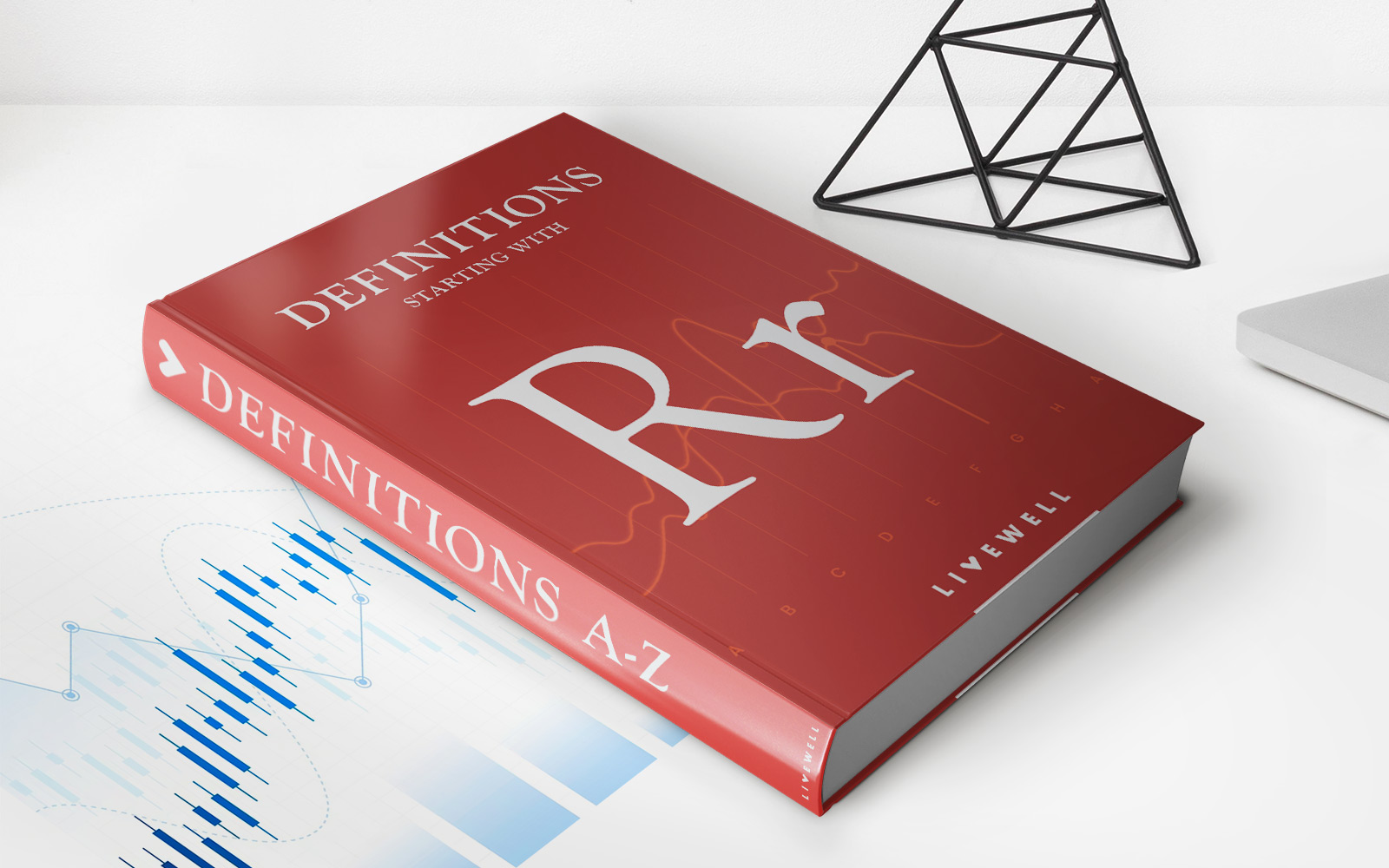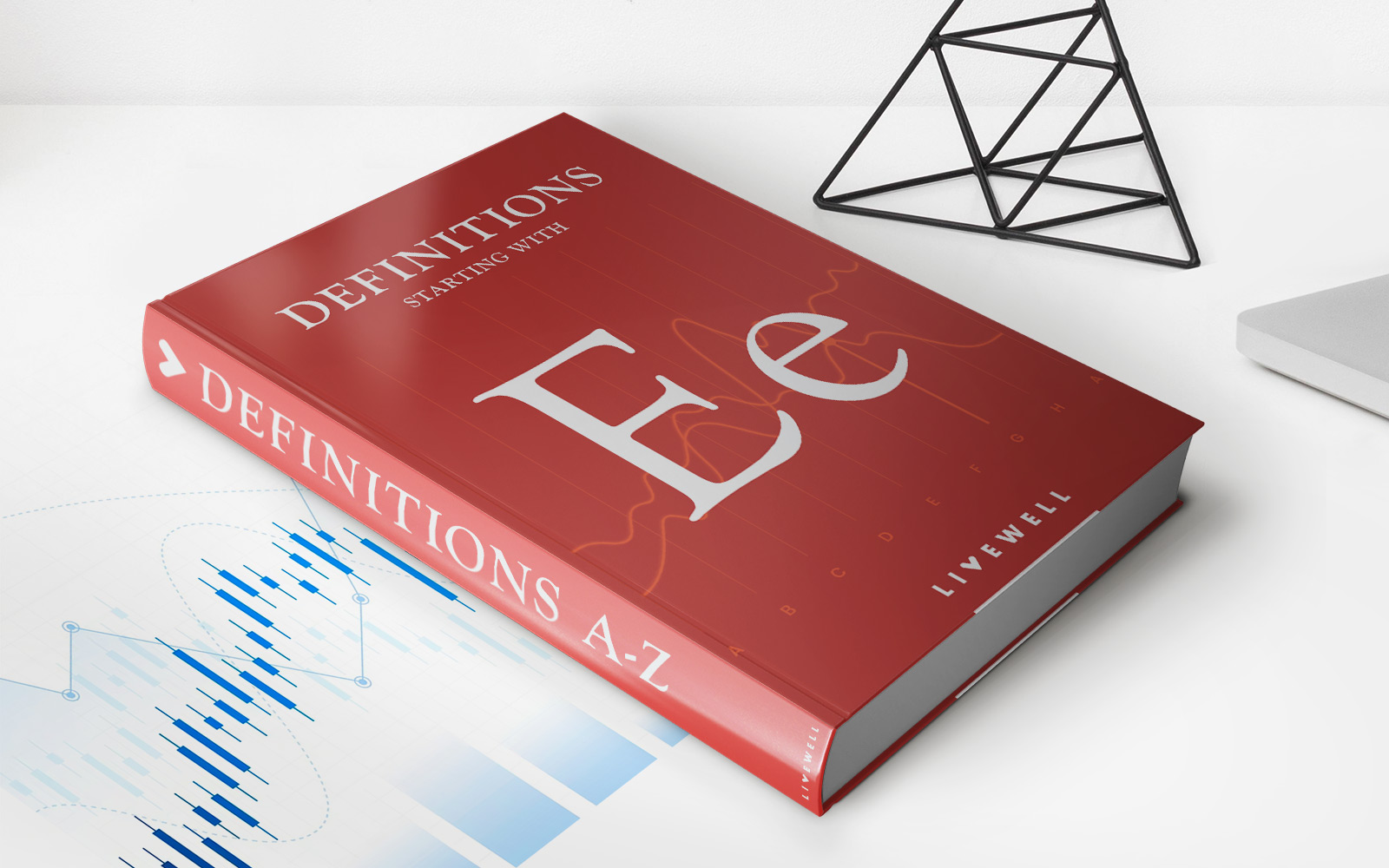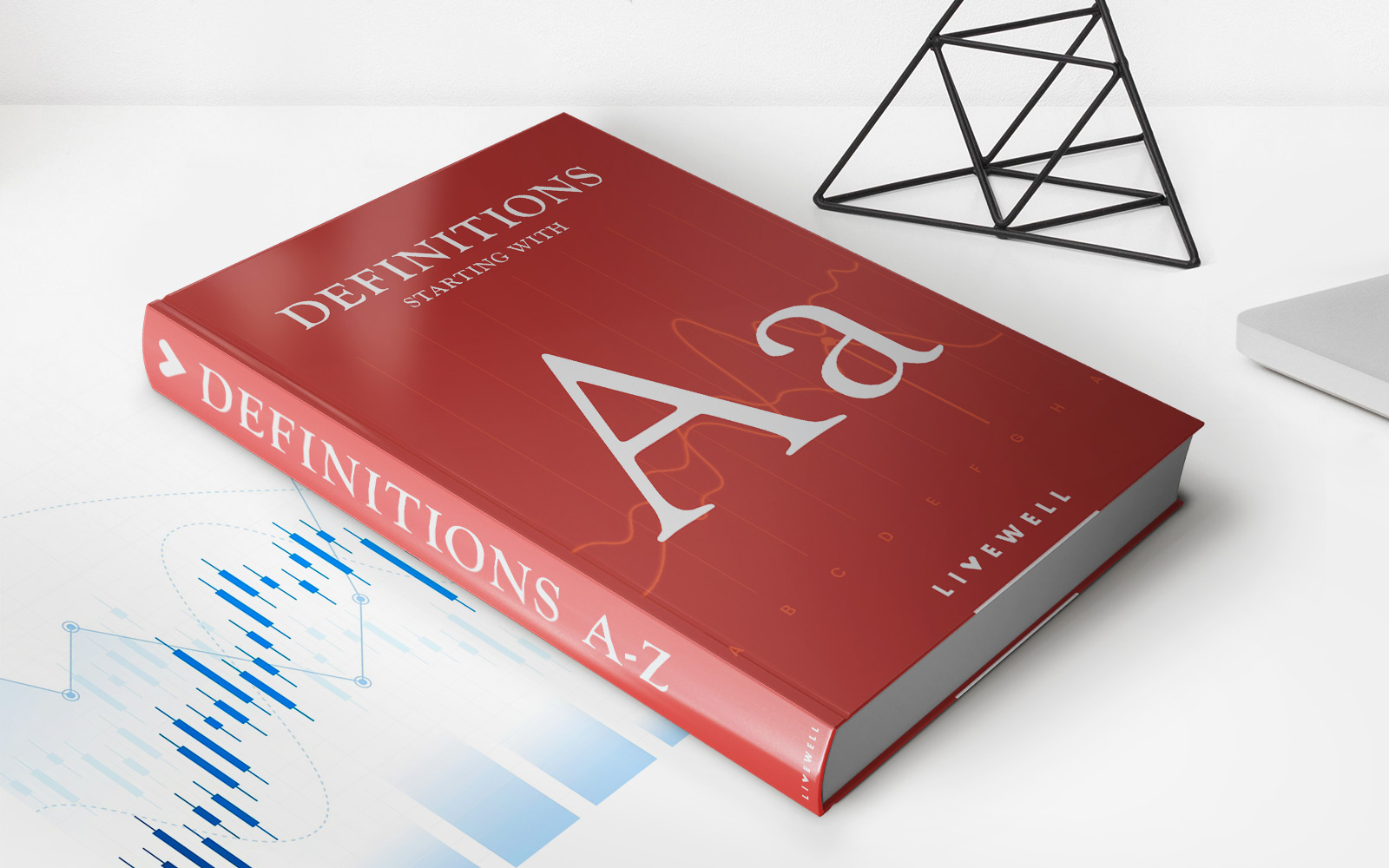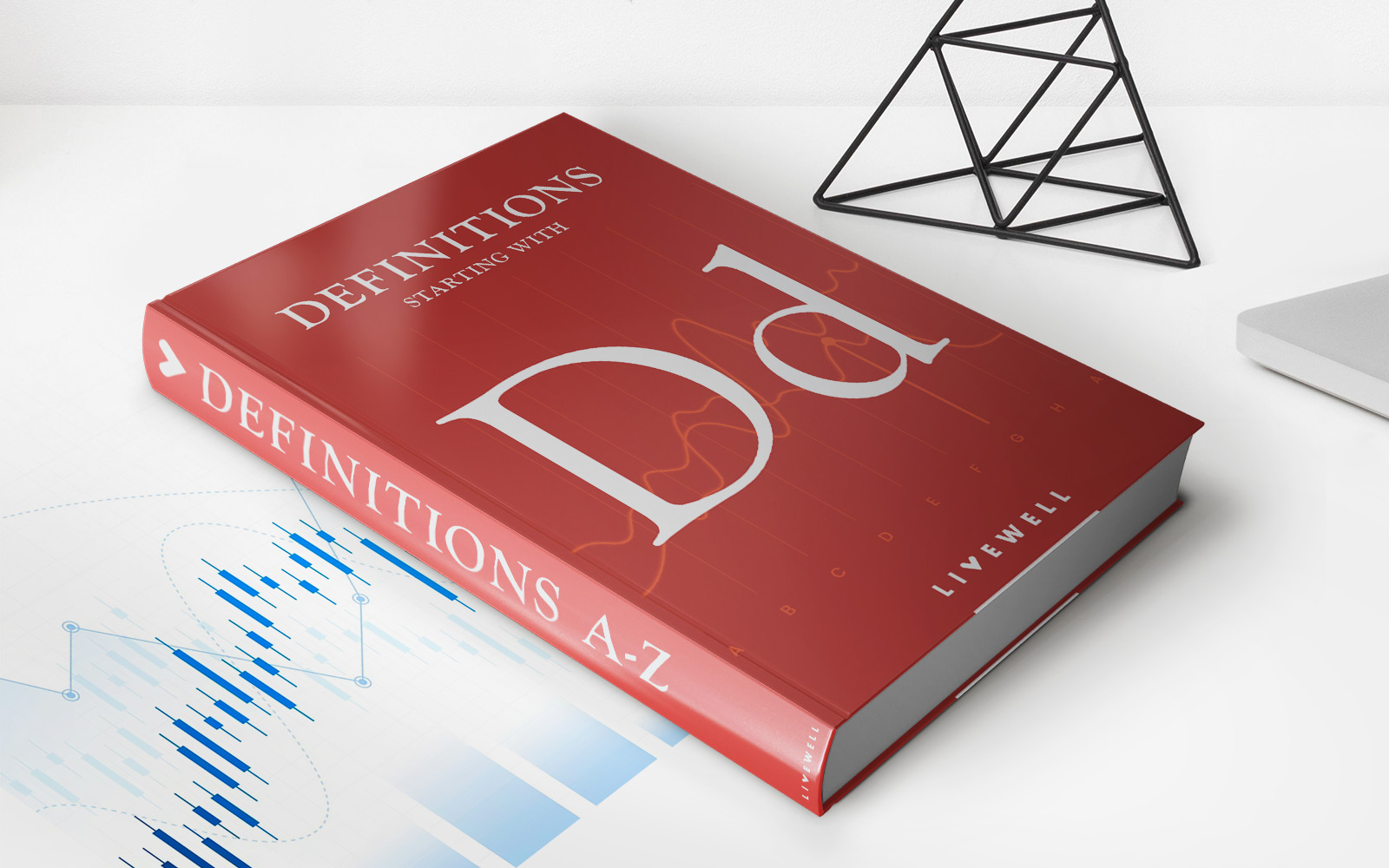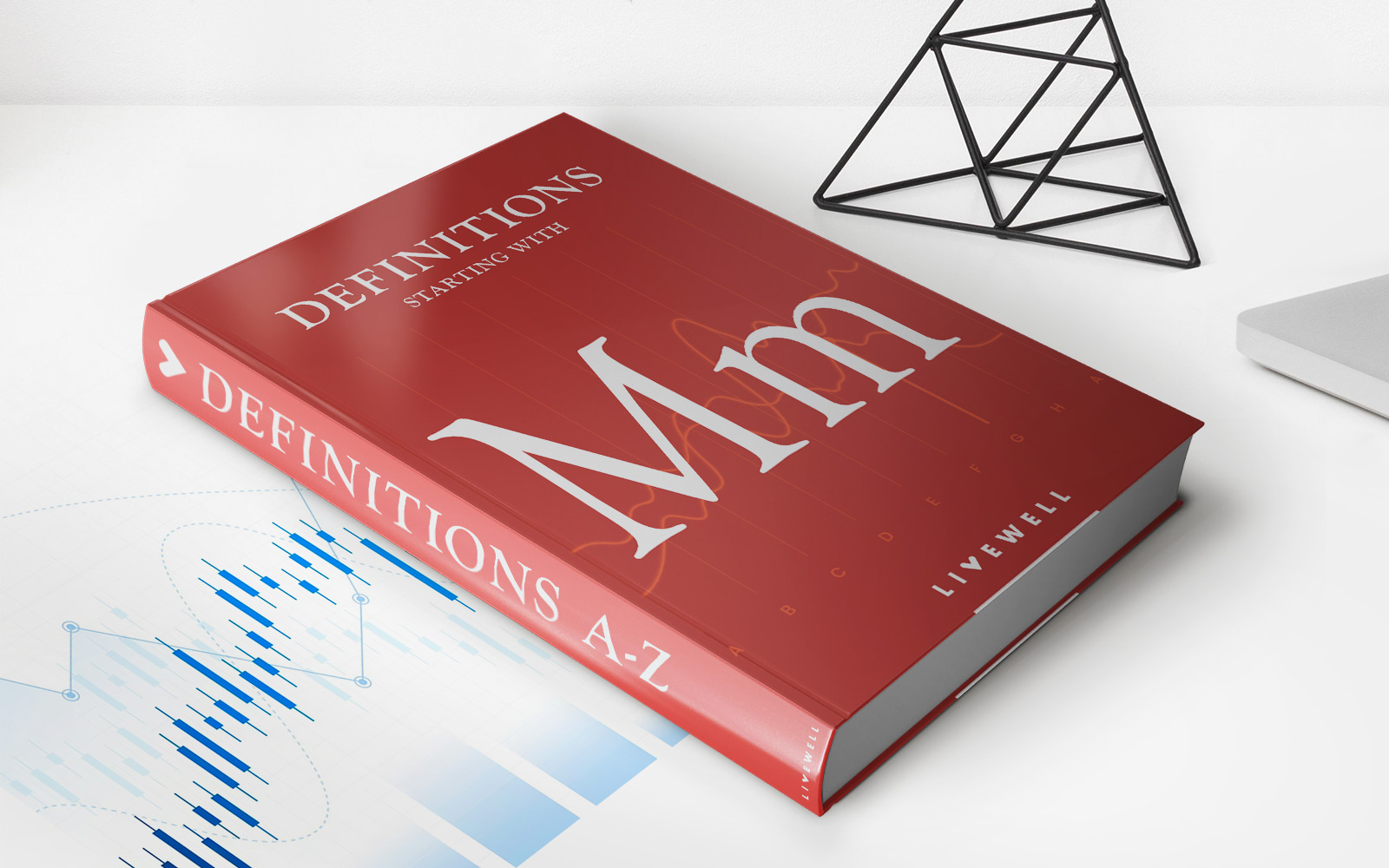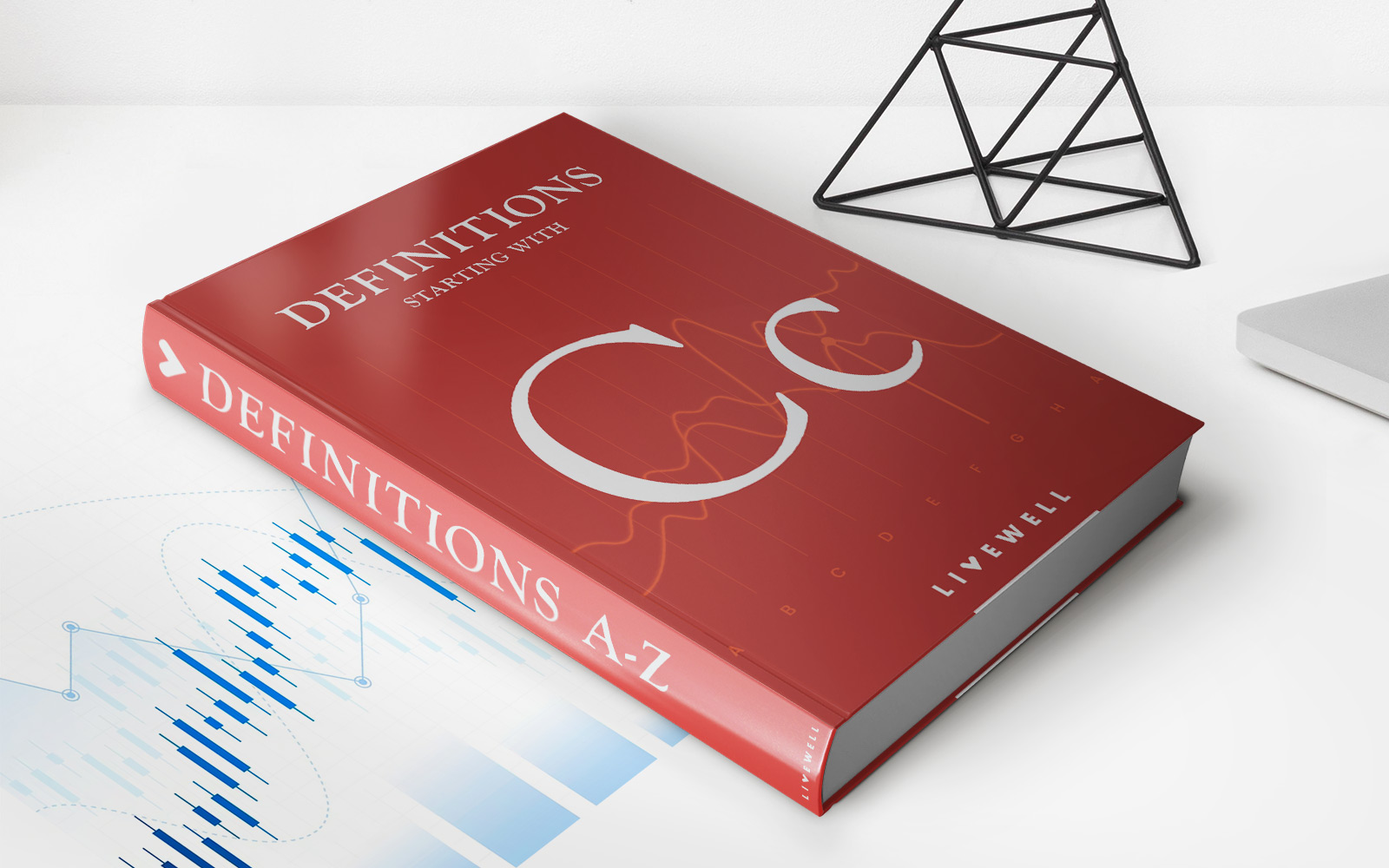Home>Finance>Cost, Insurance, And Freight (CIF) Definition, Rules, And Example
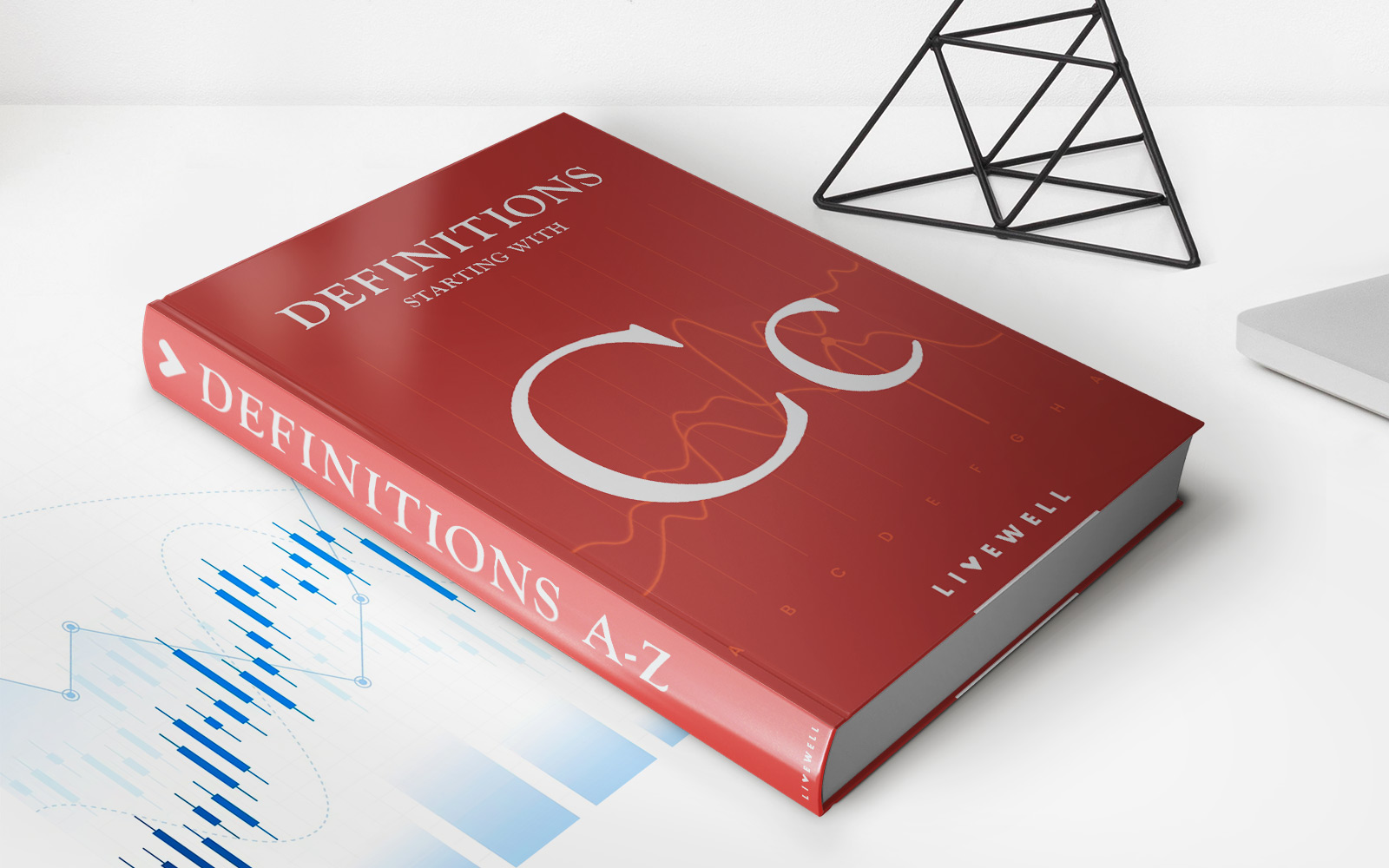

Finance
Cost, Insurance, And Freight (CIF) Definition, Rules, And Example
Published: November 4, 2023
Learn all about Cost, Insurance, and Freight (CIF) in finance - its definition, rules, and practical examples. Understand these crucial concepts in just a few minutes!
(Many of the links in this article redirect to a specific reviewed product. Your purchase of these products through affiliate links helps to generate commission for LiveWell, at no extra cost. Learn more)
Cost, Insurance, and Freight (CIF) Definition, Rules, and Example
Welcome to our Finance category, where we dive deep into various topics related to money, investments, and business. Today, we are going to explore one of the fundamental concepts in international trade – Cost, Insurance, and Freight (CIF). If you’ve ever wondered what CIF is, how it works, and why it’s important, you’ve come to the right place.
Key Takeaways:
- CIF is a commonly used international trade term that applies to the cost, insurance, and freight associated with transporting goods from the seller to the buyer.
- Under CIF, the seller bears the responsibility and cost of delivering the goods to a specified destination, including insurance coverage during transit.
So, what exactly is CIF? CIF is an international trade term that outlines the responsibilities and costs associated with shipping goods from the seller to the buyer. It covers three primary components: cost, insurance, and freight. Let’s take a closer look at each one:
- Cost: The cost aspect of CIF includes the purchase price of the goods, as well as any additional expenses incurred by the seller in getting the goods ready for shipment. These expenses may include packaging, labeling, and loading of the goods onto the transport vessel.
- Insurance: The insurance component of CIF ensures that the goods are protected against loss or damage during transit. The seller is responsible for arranging and paying for the insurance coverage, providing the buyer with the necessary documents and proof of insurance.
- Freight: The freight aspect of CIF covers the transportation costs associated with shipping the goods from the seller’s location to the buyer’s destination. The seller is responsible for booking and paying for the transport, including any customs fees or charges.
Now that we have a clear understanding of what CIF entails, let’s take a look at some rules and examples to further illustrate its application:
Rules:
- CIF is typically used in maritime contracts of sale.
- Under CIF, the seller bears the risk and costs up to the point of destination, including any delays or damages that may occur during transit.
- Insurance coverage obtained by the seller should be sufficient to cover the buyer’s interest in the goods.
Example:
Imagine you are a buyer located in New York, and you are purchasing goods from a seller in China. The seller quotes you a CIF price of $10,000 for the goods you wish to buy. In this scenario:
- The cost component of CIF covers the purchase price of $10,000.
- The insurance component ensures that the goods are covered against any potential loss or damage during transit.
- The freight component includes the costs associated with shipping the goods from China to New York.
As a buyer, CIF provides you with the benefit of having the seller take on the responsibility and cost of delivering the goods to your desired destination, while also providing you with insurance coverage for added protection. It simplifies the logistics of international trade and ensures that you receive the goods in a safe and timely manner.
In conclusion, CIF is a crucial term in international trade that outlines the responsibilities and costs associated with shipping goods from the seller to the buyer. By understanding CIF and its various components, you can navigate the world of international trade with confidence and clarity.
